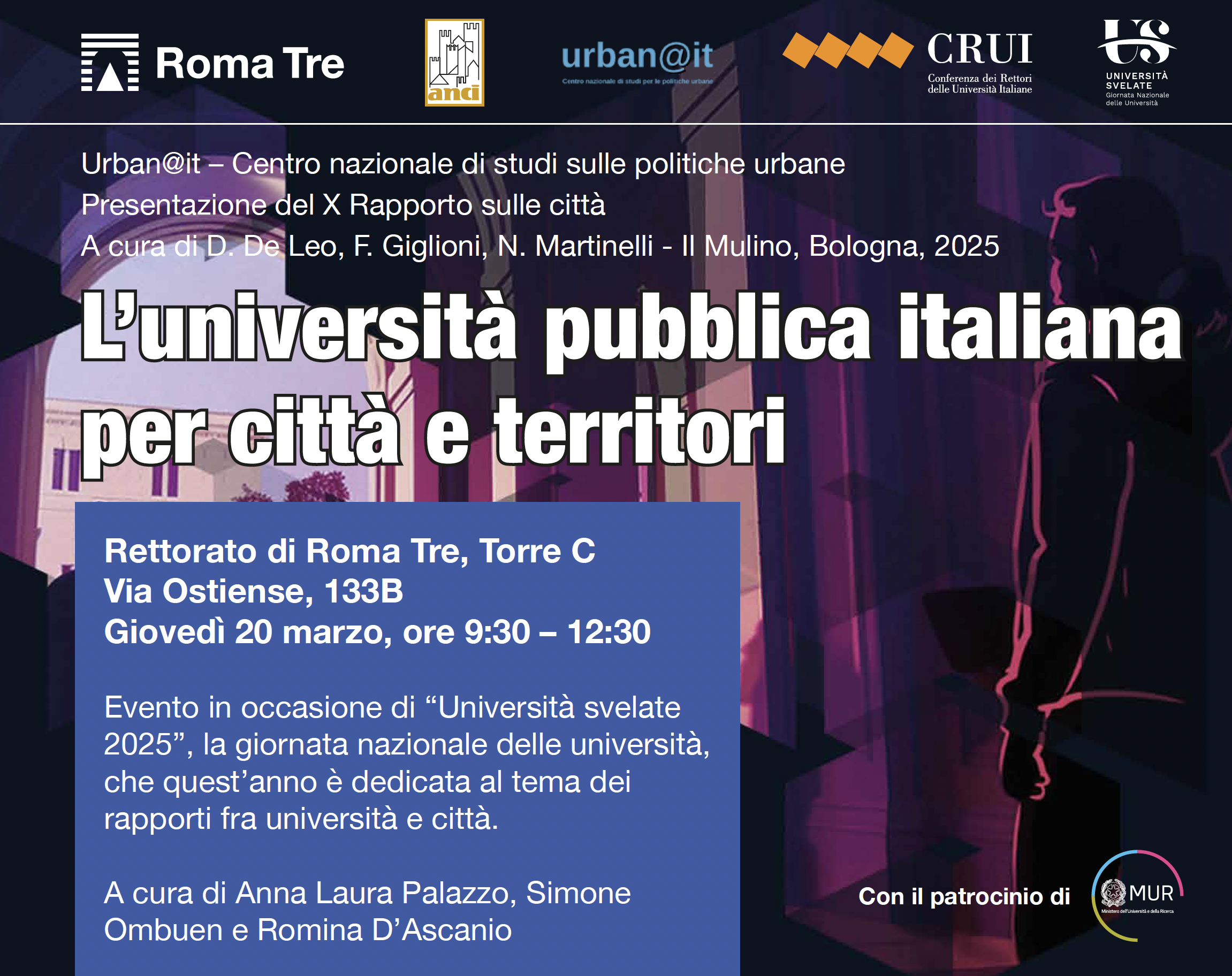U3 iQuaderni call for paper
UrbanisticaTre launches a call for paper for a new Quaderno edited by Alessandro Coppola & Arman Fadaei:
Iranian cities
An emerging urban agenda at a time of drastic alterations
“Increased attention has been directed towards Iran in its various political, economic and social aspects in recent years. This is partially because of the new, although contested and unstable, reconcilement of the country’s relationship with EU and US that has brought about a new wave of flows of people, capitals, information and attention towards the country. However, this is only the last episode of a longer chain of crucial political changes in the past four decades that have had direct and significant impact on the material and un-material structures of Iranian cities and on the national urban agenda.
Urbanization in Iran has been tumultuous since the conception and launching of modern urban planning in 1967. Structural changes such as the 1979 revolution and its aftermaths disrupted the new born planning agenda and, after several years of halt, reframed and reorganized the entire state planning apparatus and system. The situation of extreme instability characterizing to revolution and War periods (1981-89) did not only hinder the process of evolution of planning but favored a central, technocratic agenda as the only feasible method of recovering from these subsequent shocks.
Since then, different phases of restructuring in the political-economy and social composition of Iranian society were reflected in relevant, at times significant, alterations of the planning agenda. Changes such as the push towards the fiscal self-subsistence of municipalities during early 1990s neo-liberal policies; the establishment of a multi-scalar framework of governance – from neighborhoods to cities – in late 1990’s following the advent of the reformists to national power; the launching of state-led mega-scale projects as populist attempts towards modernization and beautification of the cities during the 2000s; the promotion of new towns within a renewed paradigm that attempted to accommodate burgeoning housing demand and tame informal urbanization, are only some of the adjustments that were produced in these years in the planning domain. On the backdrop of these changes, several ongoing and persistent trends continuously affected Iranian cities during this period. From the gradual and consistent erosion of urban environmental assets to the widening gaps in terms of inequality and access to public facilities and amenities, from growing problems of mobility congestion to an expanding housing crisis involving with particular virulence large metropolitan areas.
This issue of iQuaderni of U3 focuses on Iranian cities and metropolitan areas and on how they have been reshaped in relation to these structural shifts and changes in planning and policies”.
Please read the full call at this link and send an extended abstract by February 28th.








